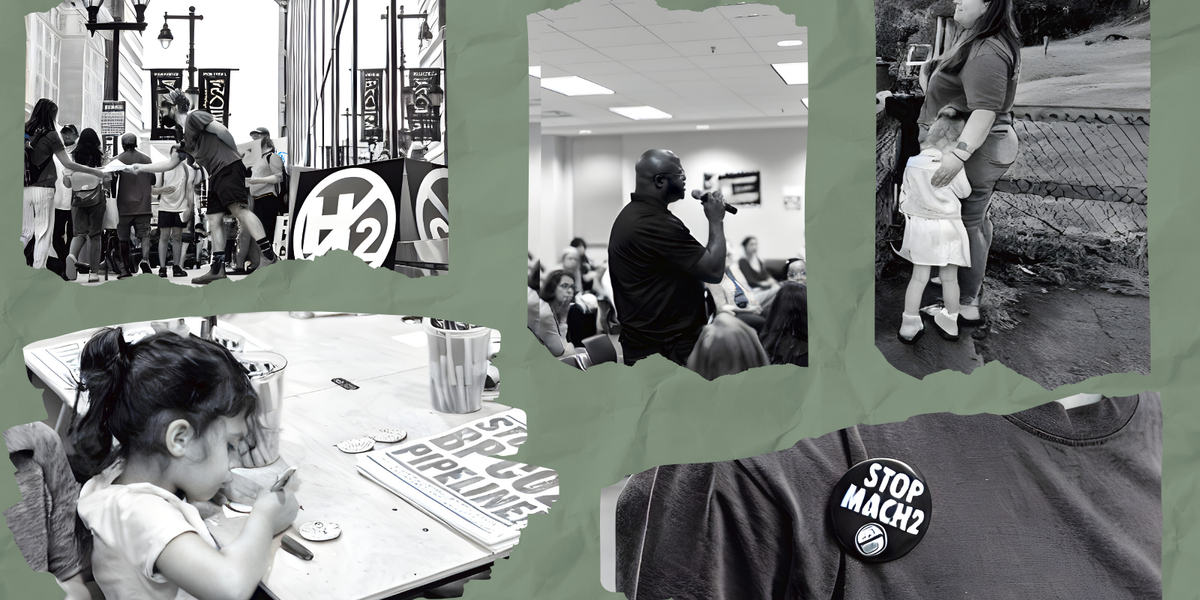urban planning
Urban planning may worsen flood risks in cities
A study from UC Irvine suggests that urban street layouts and building density may be exacerbating flood severity in areas already vulnerable to extreme weather caused by climate change.
In short:
- Researchers found that "urban form"—the density and layout of buildings and streets—can intensify flood risks in cities.
- A new formula was developed to help urban planners assess how changes in land use could impact flood hazards.
- The study highlights the vulnerability of densely populated areas, where residents often have limited protection or escape options.
Key quote:
“Detailed modeling worldwide is presently impossible for many cities because of inadequate data, so our team was motivated to develop a new way of looking at flood risk based on the form of the built urban environment.”
— Sarah Balaian, UC Irvine doctoral candidate in civil and environmental engineering
Why this matters:
As cities grow and climate change worsens, understanding how urban design impacts flooding is critical for protecting vulnerable populations and reducing potential disaster impacts.
Related:
New perspectives on water-based urban living from a Dutch innovator
Exploring the potential of floating cities, Koen Olthuis presents a novel approach to urban design that could redefine our relationship with water.
In short:
- Dutch architect Koen Olthuis envisions cities with floating buildings as a solution to urban expansion and climate change, offering a sustainable alternative to traditional land-based development.
- Olthuis's firm, Waterstudio, has designed various floating structures, from luxury homes in the Netherlands to innovative projects worldwide, demonstrating the feasibility and benefits of his ideas.
- Despite technical and regulatory challenges, floating architecture is gaining interest as a creative and practical response to rising sea levels and urban density issues.
Key quote:
"The Netherlands is a complete fake, artificial machine."
— Koen Olthuis, founder of Waterstudio
Why this matters:
Floating architecture not only provides a unique answer to the threats posed by climate change and urban crowding but also reimagines how we inhabit and interact with the world's waterways, offering a glimpse into the future of sustainable living.
Building resilience in cities means preparing for nature's power—but also addressing the social vulnerability of specific people due to climate changes.
Medellín's urban forest miracle
Medellín transforms its urban landscape with green corridors, showing the world how to beat urban heat.
In short:
- Medellín's Green Corridors project has significantly lowered the city's temperature by planting trees and creating green spaces.
- This initiative has not only cooled the city by 2°C in three years but also improved air quality and increased biodiversity.
- The effort was led by the community, with support from city officials, and is seen as a model for other cities facing the heat island effect.
Key quote:
“Medellín grew at the expense of green spaces and vegetation. We built and built and built. There wasn’t a lot of thought about the impact on the climate. It became obvious that had to change."
— Pilar Vargas, a forest engineer working for City Hall
Why this matters:
Medellín's success in cooling its urban environment demonstrates a sustainable way to tackle the urban heat island effect, improving living conditions and health outcomes. As cities worldwide grapple with rising temperatures, this Colombian city's approach offers a blueprint for urban resilience and environmental stewardship.
Be sure to read about Tucson's ambitious tree planting goal aims to improve the health of residents, wildlife, and the watershed.
How a Black Miami neighborhood became ‘ground zero for climate gentrification’
A documentary, Razing Liberty Square, examines the plight of families in Liberty City as developers ‘revitalize’ community on desirable higher land.
Bollards and ‘superblocks’: how Europe’s cities are turning on the car
In Paris, Barcelona and Brussels, authorities are adopting varied approaches to the task of reducing congestion and pollution.
Ambitious Tokyo flood tunnels tested by worsening natural disasters
Protecting New Zealand's cities from climate change
New Zealand's coastal communities bear the brunt of extreme weather events. In Auckland, young engineers and architects are using technology to help their city withstand the impact of our changing climate.



















